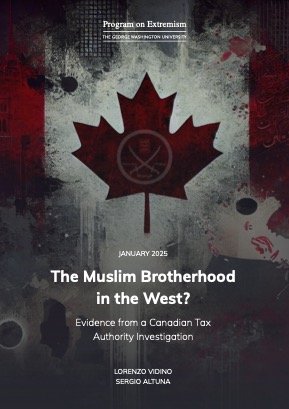By Jeremy D. Barnum, Dustin A. Richardson, Dulani Woods, Kevin D. Lucey, Meagan E. Cahill, Michael J. D. Vermeer, Brian A. Jackson
Midlevel police leaders (MLPLs), such as sergeants and lieutenants, have great influence over officers' perceptions, behaviors, and well-being and are crucial for effectuating organizational culture, goals, and objectives. Therefore, they are lynchpins for organizational function, innovation, and change. Given the substantial impact that MLPLs have on a police organization — and ultimately the delivery of public safety — agencies must have mechanisms in place to cultivate, identify, and select the best individuals for these positions. This is achieved through the promotion process — the advancement of organizational members to higher ranks and increased levels of responsibility. In general, the promotion process in police agencies involves some combination of written testing, oral interviews, and assessment center analyses. However, this process lacks uniformity across agencies, and there is a dearth of research on the most-effective ways to conduct police promotions.
On behalf of the National Institute of Justice, RAND and Police Executive Research Forum researchers convened an expert panel to discuss how agencies currently conduct promotions for MLPL positions. Through a series of interviews and a group discussion session, the workshop participants identified and prioritized 47 needs for improving promotions in policing, 26 of which were considered highest priority. These needs are related to bias, disparity, and barriers in promotions; the development of metrics to identify successful candidates; valid and reliable methods to assess candidates; training and career progression; and considerations about transparency and organizational justice.
Key Findings
Some promotion policies, practices, or accepted norms in some agencies may be in violation of employment law.
The existence of or lack of organizational policies (e.g., assignments, training opportunities, bargaining agreements, promotion procedures, accommodations for family circumstances) can create barriers that prevent some employees, particularly women and people of color, from pursuing promotions or being successful in the promotion process.
Although it is important to evaluate past performance, it is currently challenging to use performance evaluations as a metric in the promotion process because evaluation processes are inadequate, inconsistent, and inequitable.
There is a lack of longitudinal and follow-up research with people who have gone through the promotion process and served in leadership roles to assess the promotion process.
Human assessments are inherently subjective, which can lead to inconsistency, and are subject to intentional and unintentional bias. Agencies lack processes for selection, preparation, tools, and oversight for rater selection.
There are no standards or best practices for how stakeholders (e.g., community members, staff from other police agencies, members of the civil service commission, or representatives from other criminal justice and government agencies) should be involved in promotion processes.
Police agencies are not doing enough to provide transparent, fair, equitable, and reasonable assistance to their employees preparing for the promotion process.
Some police agencies provide insufficient constructive feedback to individuals who participated in a promotion process in an honest and respectful way. This prevents employees from remaining engaged and motivated and exposes agencies to turnover and legal liability.
Recommendations
Develop educational materials, curricula, and resource guides that summarize what organizations and employees should know about employment law.
Conduct quantitative and qualitative research to identify disparate barriers to promotion for otherwise qualified candidates.
Develop and validate metrics to evaluate performance across positions.
Conduct qualitative and quantitative research to identify challenges and successes from the perspective of the agency leaders who managed the process.
Conduct longitudinal research to identify challenges and successes from the perspective of the candidates who went through the process.
Conduct a systematic review to identify evidence-based best practices for selecting, training, and overseeing evaluators or raters.
Develop a best-practices guide to help agencies appropriately include stakeholders in promotion processes.
Develop a best-practices guide based on what effective agencies (and those in other industries) are already doing.
Develop training experiments that evaluate different feedback models.
Santa Monica, CA: RAND, 2024, 31p.





















